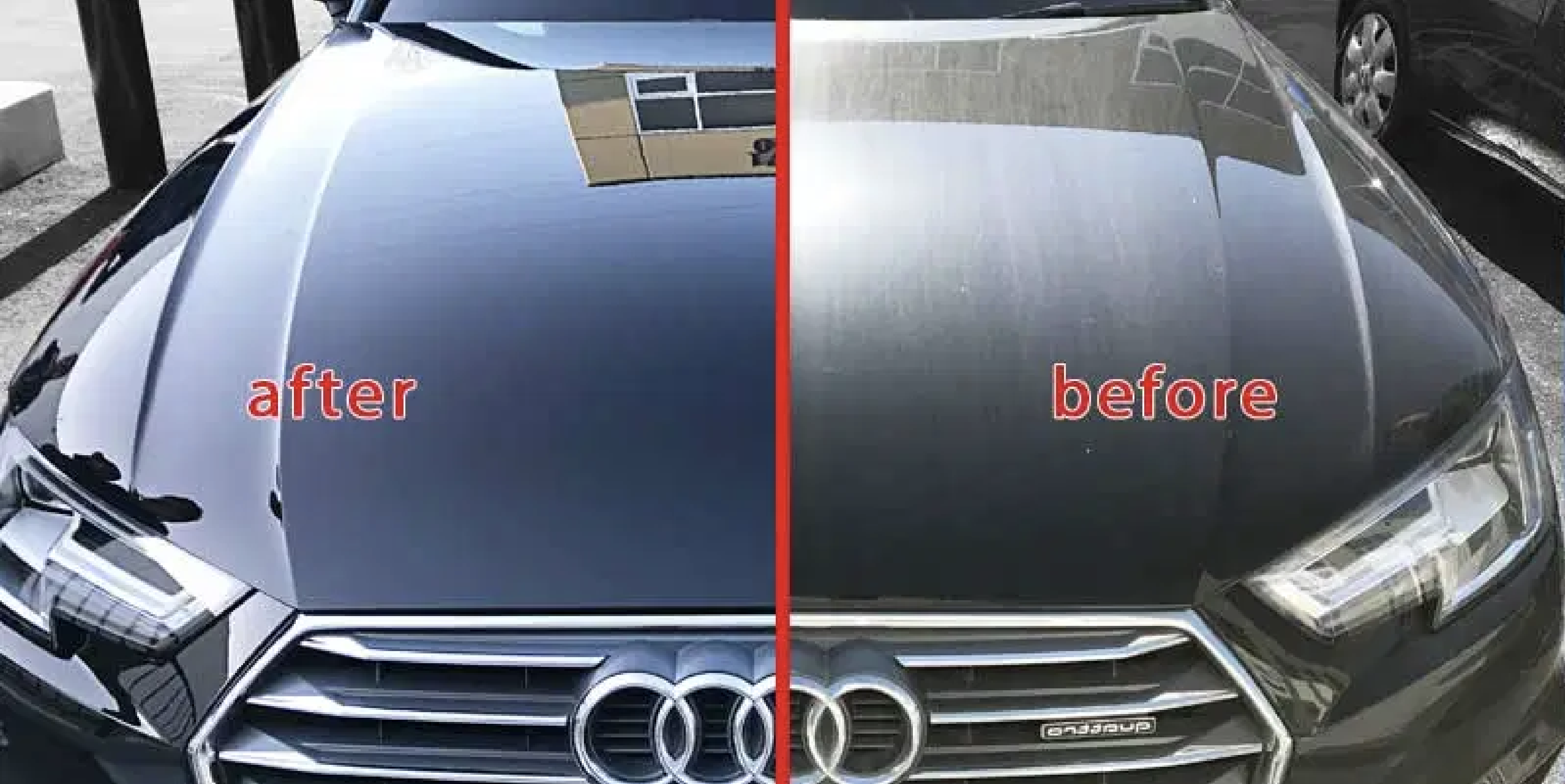A Comprehensive Overview to the Types of Ceramic Layer on the marketplace
Ceramic coatings have actually emerged as a crucial solution throughout different industries due to their unique residential properties and applications. From silica-based solutions recognized for their toughness to crossbreed alternatives that merge several benefits, the choices available can be frustrating. Recognizing the subtleties of each kind, including their particular benefits and suitable usage situations, is important for making educated decisions. As we discover the unique characteristics and applications of these finishings, the effects for efficiency and long life come to be significantly obvious, elevating inquiries regarding which type may best suit your requirements.
Comprehending Ceramic Coatings
Ceramic coatings are advanced protective options that have actually gained appeal in various sectors, especially in automobile and aerospace applications. These coatings are composed of a liquid polymer that, when treated, creates a sturdy, hydrophobic layer on the surface area of the substrate. This layer offers boosted resistance to environmental impurities, UV radiation, and chemical direct exposure, thus prolonging the life and aesthetic appeal of the underlying material.
The basic part of ceramic finishes is silica, which adds to their hardness and toughness. The application process typically entails surface area prep work, application of the layer, and treating, which can be achieved via heat or UV light. Once treated, ceramic finishings exhibit remarkable bonding residential properties, enabling them to stick highly to a variety of surface areas, including metals, plastics, and glass.
Along with their protective attributes, ceramic coverings likewise use ease of upkeep. Their hydrophobic nature reduces the adherence of dust and grime, making cleaning easier and less regular. Generally, the fostering of ceramic layers represents a substantial improvement in surface area protection modern technology, supplying both useful and aesthetic advantages across several sectors.
Kinds of Ceramic Coatings
Various types of ceramic coatings are offered, each made to meet certain performance needs and applications - ceramic coating sarasota. The most typical kinds consist of:
Silica-based Coatings: These layers mainly are composed of silicon dioxide and are known for their toughness and chemical resistance. They are extensively utilized in auto and industrial applications.
Titanium Dioxide Coatings: Distinguished for their photocatalytic homes, titanium dioxide finishes are commonly applied in atmospheres where self-cleaning and antifungal homes are preferable, such as in structure materials and automotive finishes.
Zirconia Coatings: Identified by their high-temperature stability and thermal resistance, zirconia coverings are utilized in applications such as generator engines and high-performance vehicle elements.
Alumina Coatings: Displaying exceptional firmness and thermal stability, alumina layers are regularly utilized in wear-resistant applications, consisting of reducing tools and industrial equipment. - Auto Detailing
Crossbreed Coatings: Incorporating the residential or commercial properties of numerous materials, hybrid layers provide boosted performance characteristics, making them ideal for unique and requiring applications.
Each sort of ceramic covering offers distinct objectives, enabling users to pick one of the most suitable remedy based upon certain environmental problems and performance requirements.
Benefits of Ceramic Coatings
Ceramic layers, in particular, offer many advantages that make them significantly preferred amongst manufacturers and consumers alike. These finishes are immune to scrapes, chemicals, and UV rays, ensuring that the Learn More Here underlying surface stays secured over time.
Along with longevity, ceramic coatings offer outstanding hydrophobic residential or commercial properties, permitting very easy cleansing and upkeep. This water-repellent nature reduces the adherence of dirt, gunk, and various other impurities, which can extend the aesthetic appeal and functionality of the surface. Additionally, ceramic finishings can substantially improve thermal resistance, making them suitable for applications that withstand high temperature levels.

Application Refine
When applying ceramic layers, a careful approach is vital to accomplish optimal outcomes. The application process normally begins with detailed surface prep work. This involves cleaning, decontaminating, and brightening the surface to get rid of all pollutants, consisting of dirt, oil, and prior waxes or sealants. A tidy surface area makes sure proper attachment of the finish.
As soon as the surface area is prepped, the following step is to apply the ceramic finish. The coating ought to be used in slim layers, as thicker applications can lead to uneven coatings.
After application, the finishing needs a certain treating time, usually ranging from a couple of hours to a complete day, depending on the item. Complying with these actions faithfully will make the most of the effectiveness and long life of the ceramic finish, offering a durable safety layer for the surface.
Maintenance and Long Life
To guarantee the long life and efficiency of a ceramic finishing, regular upkeep is essential. Ceramic layers, recognized for their sturdiness and safety qualities, need particular treatment routines to optimize their life expectancy and efficiency.
In enhancement to routine washing, periodic evaluations are crucial. Seek indications of wear click to find out more or damages, such as hydrophobic buildings reducing or surface imperfections. If needed, a light polish may be applied to renew the coating without stripping it away.
Moreover, the application of a booster spray can boost the covering's hydrophobic impacts and restore its gloss. This is especially helpful for finishes that have been in usage for an extensive duration. Ultimately, by adhering to these maintenance methods, one can considerably expand the life of a ceramic layer, making certain that it proceeds to give optimum defense versus ecological elements and preserve the aesthetic appeal of the vehicle.
Conclusion
